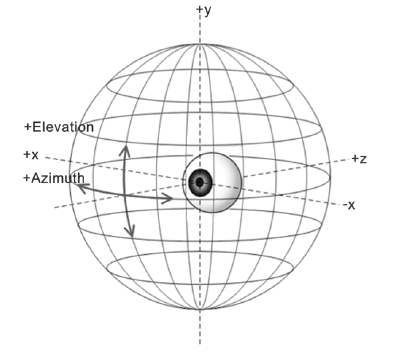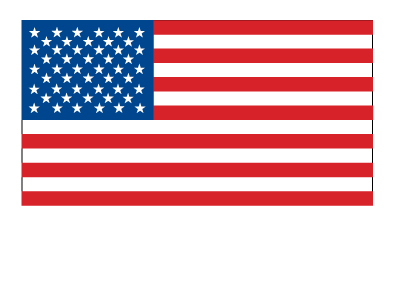
Head Up (HUD) and Near Eye Display (NED) manufacturers utilize many different performance characteristics to quantify display quality. These performance parameters include contrast resolution, distortion as well as luminance, color, and uniformity measurements. These are essential performance evaluation criteria in the Augmented Reality and Virtual Reality (AR/VR) display user perceived visual field of view. For binocular displays the ability for the user to fuse the two images into a single perceived image, the angular alignment or parallax must lie within narrow angular tolerance ranges. Recent work has been done that defines a minimum essential set of Light Measurement Device (LMD) characteristics to assure repeatable and reproducible photometric and colorimetric measurement results. (Penczek, et al.) Building upon these findings, we give a more detailed investigation of the Contrast and Resolution effects of rotation of a large (5mm) diameter entrance pupil positioned in central area of the Qualified Viewing Space (QVS). We compare resolution and image distortion measurement results when the pupil is moved through the QVS as the human eye pupil would versus entrance pupil rotation in the entrance pupil plane. We also look at the Michelson contrast resolution limit of a 2D imaging LMD using a reference contrast target to validate performance. The reference contrast target can also be used to determine veiling glare/stray light in the captured image. Finally, we report the comparison of left and right eye LMD pointing direction precision as a basis of parallax measurement.

